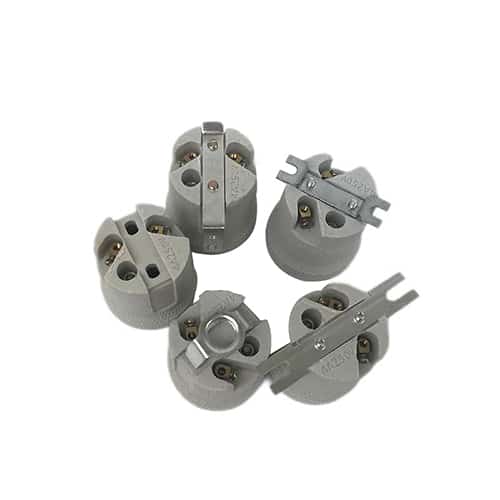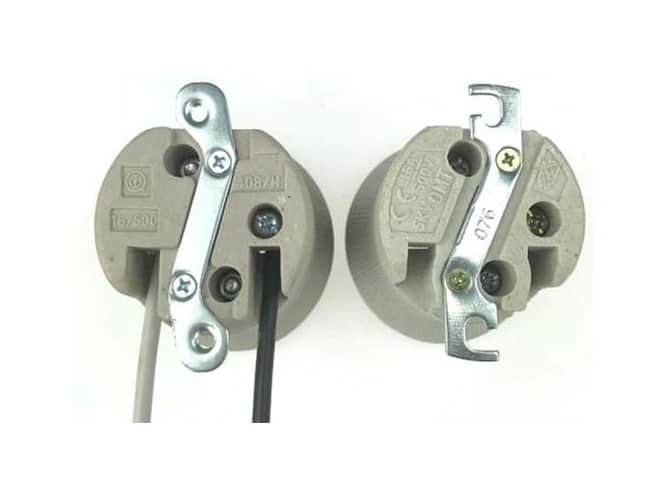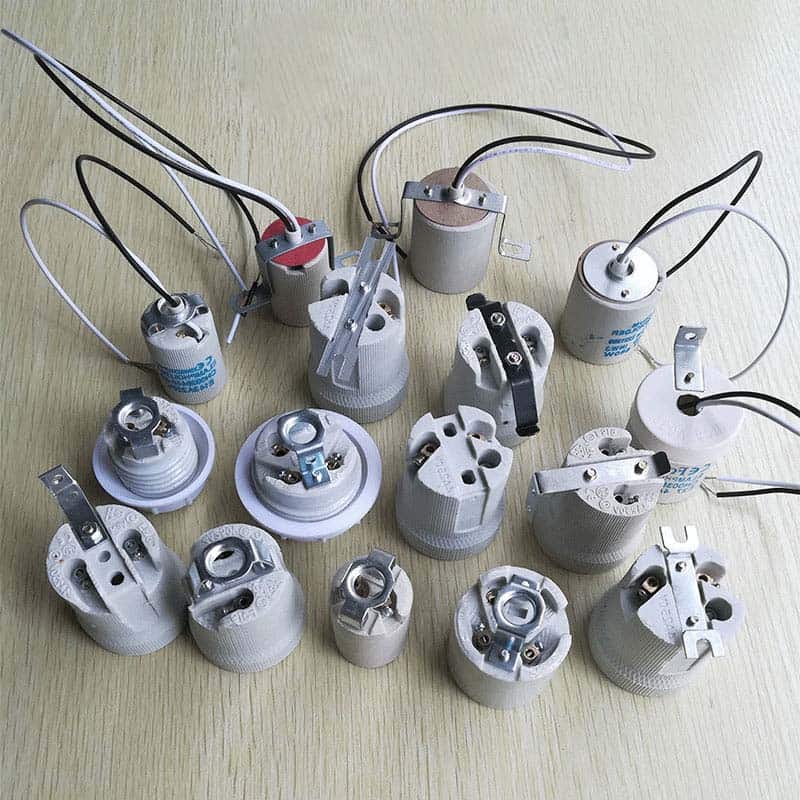When it comes to lighting, putting the wrong bulb in a socket can mean the light doesn’t work right and, in some cases, be a safety hazard. Can you put a regular light bulb in a floodlight socket? While it seems like a simple swap, there are a few things to consider before you do it.
Yes, you can put a regular light bulb in a floodlight socket if it fits. However, you may not get the same performance or heat management as you would with a floodlight bulb.
We’ll cover the pros and cons of using a regular light bulb in a floodlight socket and some better options.

Understanding the Difference Between Regular Bulbs and Floodlight Bulbs
To understand whether a regular bulb can replace a floodlight bulb, it’s important to first grasp the key differences between these two types of bulbs. Floodlight bulbs are specifically designed to provide broad, intense illumination over large areas. This is achieved through their wide beam angle and a built-in reflector that helps spread the light over a greater distance. These bulbs are typically used in outdoor areas, security lighting, or spaces where broad illumination is needed, such as driveways, backyards, and parking lots.
On the other hand, regular light bulbs, such as incandescent or LED bulbs, are designed for more concentrated lighting in indoor spaces. Their beam spread is narrower, meaning they focus light on a smaller area. While a regular light bulb can technically fit into a floodlight socket, it won’t deliver the same wide-angle coverage. This difference in lighting coverage is critical, as a regular bulb won’t effectively light up a large outdoor space like a floodlight bulb would.
Compatibility of Regular Light Bulbs in Floodlight Sockets
From a technical perspective, many floodlight sockets are designed to accommodate standard bulb sizes, such as E26 or E27 bases, which are commonly used for regular light bulbs. As long as the base size and voltage are compatible, a regular bulb can be screwed into the floodlight socket without any issues. However, while the regular bulb may physically fit, there are other considerations that go beyond size.
Floodlight bulbs are designed to handle higher wattages and operate in more challenging conditions, particularly in outdoor settings where they are exposed to the elements. Regular bulbs are often not built to withstand outdoor conditions like rain, extreme temperatures, or dust. They also may not be able to handle the heat generated in a floodlight fixture, especially if the bulb is enclosed. This means that while a regular bulb may fit and function temporarily, it may not last long or provide the desired lighting effect.

The Impact on Light Quality and Efficiency
One of the main drawbacks of using a regular light bulb in a floodlight socket is the reduction in light quality and efficiency. Floodlights are designed to illuminate large areas with a wide, even spread of light, but regular light bulbs tend to emit a more focused, directional beam. This could result in parts of the area remaining dimly lit, making it less suitable for outdoor spaces or security purposes.
In addition to reduced coverage, regular light bulbs may be less energy-efficient than floodlight-specific bulbs. Floodlight bulbs, especially LED versions, are optimized to provide high brightness with low energy consumption. By comparison, regular bulbs may use more energy while delivering less light over a smaller area. This can not only affect the performance of your lighting setup but also increase energy costs over time.
Safety Considerations When Using Regular Bulbs in Floodlight Sockets
Safety is another important factor to consider when using a regular light bulb in a floodlight socket. Floodlight sockets are often exposed to harsher environmental conditions, especially if they are installed outdoors. Regular light bulbs may not be weatherproof, meaning they are not equipped to handle moisture, temperature fluctuations, or other outdoor hazards. This can lead to electrical issues, short circuits, or even fire hazards if the bulb fails or malfunctions.
Additionally, regular bulbs are not designed to handle the same level of heat as floodlight bulbs. Floodlight fixtures can generate significant heat, and a regular bulb may not have the necessary heat dissipation capabilities. Prolonged exposure to high temperatures can cause the regular bulb to overheat, potentially leading to cracks in the bulb or failure of the fixture. For these reasons, it is always better to use bulbs that are rated for the specific conditions and requirements of floodlight sockets.

Best Alternatives to Regular Light Bulbs for Floodlight Sockets
Rather than using a regular light bulb, it’s best to use a bulb specifically designed for floodlight sockets. LED floodlight bulbs are an excellent option because they are energy-efficient, long-lasting, and capable of providing broad illumination. These bulbs are designed to operate in outdoor conditions and can withstand higher temperatures and environmental challenges. They also come in various wattages, so you can choose the level of brightness that best suits your needs.
Halogen floodlights are another good option. These bulbs produce bright, clear light and are often used for security or outdoor lighting. Although they tend to generate more heat than LEDs, they provide excellent illumination and are built to handle the heat produced by floodlight fixtures.
For those looking for more advanced lighting solutions, smart floodlight bulbs are available. These bulbs can be controlled remotely via apps, offer dimming options, and may even include features like motion detection or automatic brightness adjustment. They are ideal for outdoor spaces where convenience and security are important, and they are specifically designed to be compatible with floodlight fixtures.

Final Words:
While you can fit a regular light bulb in a floodlight socket, it’s not always the best or safest thing to do. Regular bulbs may not provide the coverage, energy efficiency, or durability you need in an outdoor or high-heat situation. For the best performance and safety, you should use the bulbs recommended for floodlight fixtures, such as LED or halogen floodlights.













